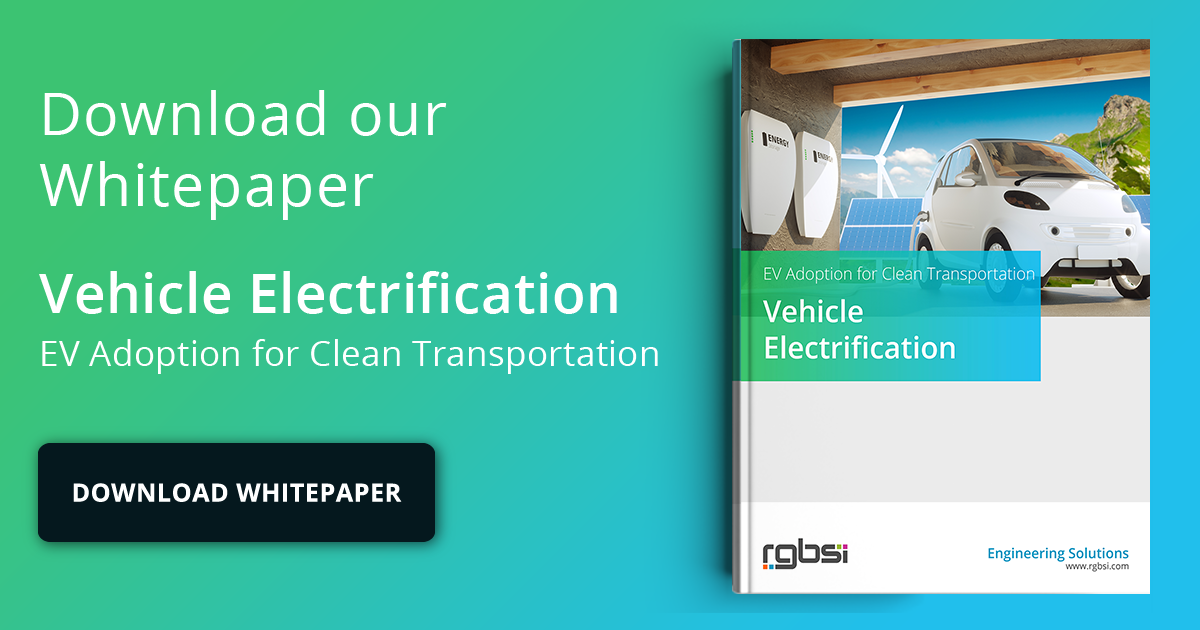
The transportation industry is experiencing a major transformation thanks to the integration of Internet of Things (IoT) and Industry 4.0 technologies. These advancements are creating more connected, intelligent, and efficient transportation systems, essential for meeting the demands of modern urban environments.
By leveraging real-time monitoring, predictive maintenance, automation, and data-driven operations, IoT and Industry 4.0 are revolutionizing how we move goods and people. In this blog, we will explore the role these technologies play in modern transportation.
IoT
Real-Time Monitoring
Imagine a world where fleet managers have instant access to their vehicle’s location, speed, and the surrounding environmental conditions. Thanks to IoT devices like smart sensors and location trackers, this is now a reality. These devices are strategically placed across transportation networks, collecting real-time data with immediate insights into vehicles and infrastructure. This real-time monitoring allows for swift adjustments to routes and schedules based on current traffic conditions, weather changes, and other factors. For example, if a traffic jam is detected, alternative routes can be quickly identified and communicated to drivers, reducing delays and improving service reliability.
Predictive Maintenance
A standout benefit of IoT integration is predictive maintenance. IoT sensors continuously monitor the health of vehicles and infrastructure components, spotting potential issues before they become serious problems. This proactive approach helps minimize unexpected breakdowns and cuts down on maintenance costs. For instance, sensors can detect when a vehicle part is wearing out and needs replacement, enabling timely maintenance that prevents costly repairs and extends the vehicle's lifespan. Predictive maintenance ensures that fleets stay operational and reliable, enhancing overall service quality.
Connectivity
IoT facilitates seamless connectivity between various components of the transportation system. Vehicles, infrastructure, and central control systems are all interconnected, facilitating efficient data exchange and coordination. This connectivity supports vehicle-to-everything (V2X) communication, where vehicles communicate with each other and with roadside infrastructure. V2X communication boosts safety by providing drivers with real-time alerts about potential hazards, like sudden braking by the vehicle ahead or upcoming road construction. Additionally, connected vehicles can share data with traffic management centers, enabling intelligent transportation systems with effective incident response.
Industry 4.0
Automation
Industry 4.0 introduces advanced automation to the transportation sector. Automated systems can perform tasks such as route planning, inventory management, and dispatching with greater accuracy and efficiency than manual processes. Autonomous vehicles are a prime example of this automation. These vehicles leverage IoT data and artificial intelligence to navigate roads, make driving decisions, and interact with other vehicles and infrastructure. Automation reduces human error, enhances safety, and increases operational efficiency.
Smart Logistics
Smart logistics, powered by Industry 4.0 technologies, elevates the movement of goods throughout the supply chain. IoT devices provide real-time visibility into the location and condition of shipments, improving tracking management. Automated warehouses use robotics and IoT sensors to streamline inventory handling, reducing errors and speeding up order fulfillment. Data analytics can predict demand patterns, allowing for more efficient inventory stocking and distribution. Smart logistics ensure that goods are delivered faster, more reliably, and at lower costs.
Data-Driven Operations
Data is the backbone of Industry 4.0, enabling smarter decision-making and strategic planning. Transportation systems generate vast amounts of data from IoT devices, automated processes, and customer interactions. Advanced analytics tools process this data to uncover insights into operational performance, customer preferences, and emerging trends. For example, data analytics can identify inefficiencies in routing and scheduling, enabling continuous improvement of transportation services. Additionally, data-driven operations support the development of personalized services, such as dynamic pricing and tailored travel recommendations, enhancing customer satisfaction.
The integration of IoT and Industry 4.0 technologies is transforming transportation systems, making them smarter, more efficient, and more reliable. By embracing IoT and Industry 4.0, transportation companies can enhance operational efficiency, improve safety, and deliver better service to customers. The future of transportation is connected, automated, and data-driven, and the time to start integrating these technologies is now.
Explore Supporting Topics on Smart Transportation
- Smart Transportation Products & Future of Mobility
- Components of Intelligent Transportation Systems (ITS)
- Road Safety with ADAS & DMS Cameras
- Fleet Efficiency with Advanced Telematics
- Sustainable Transportation with Technology
About RGBSI
At RGBSI, we help clients enhance performance, adopt innovation, and access global resources through strategic partnerships.
RGBSI's Smart Transportation Products
We offer a range of hardware products designed to enhance efficiency, safety, and connectivity across the transportation sector.
- Acoustic Vehicle Alerting System (AVAS): enhance pedestrian and cyclist safety by generating vehicle sounds at low speeds, tailored for electric and hybrid vehicles.
- Intelligent Controller Unit: centralize control and monitoring for fleet management with real-time data on vehicle health, location, and driver performance.
- Bus Driver Console (BDC): enhance driver communication and efficiency with an intuitive, robust interface designed for challenging environments.
- Reverse Parking Assist System (RPAS): improve vehicle safety during reversing with a wide-angle camera and automatic activation, ensuring clear visibility even in low-light conditions.
- Container E-Lock: secure cargo with advanced electronic locks, offering real-time tracking, tamper alerts, and encrypted communications.
- Advanced Telematics System: optimize fleet routes, monitor vehicles remotely, and schedule maintenance with real-time data on vehicle location, speed, and condition.
- DMS Cameras: enhance road safety by monitoring driver behavior, detecting signs of fatigue and distraction, and issuing alerts to prevent accidents.
- ADAS Cameras: improve vehicle safety with lane departure warnings, adaptive cruise control, and automatic emergency braking.
Learn more about our products.











